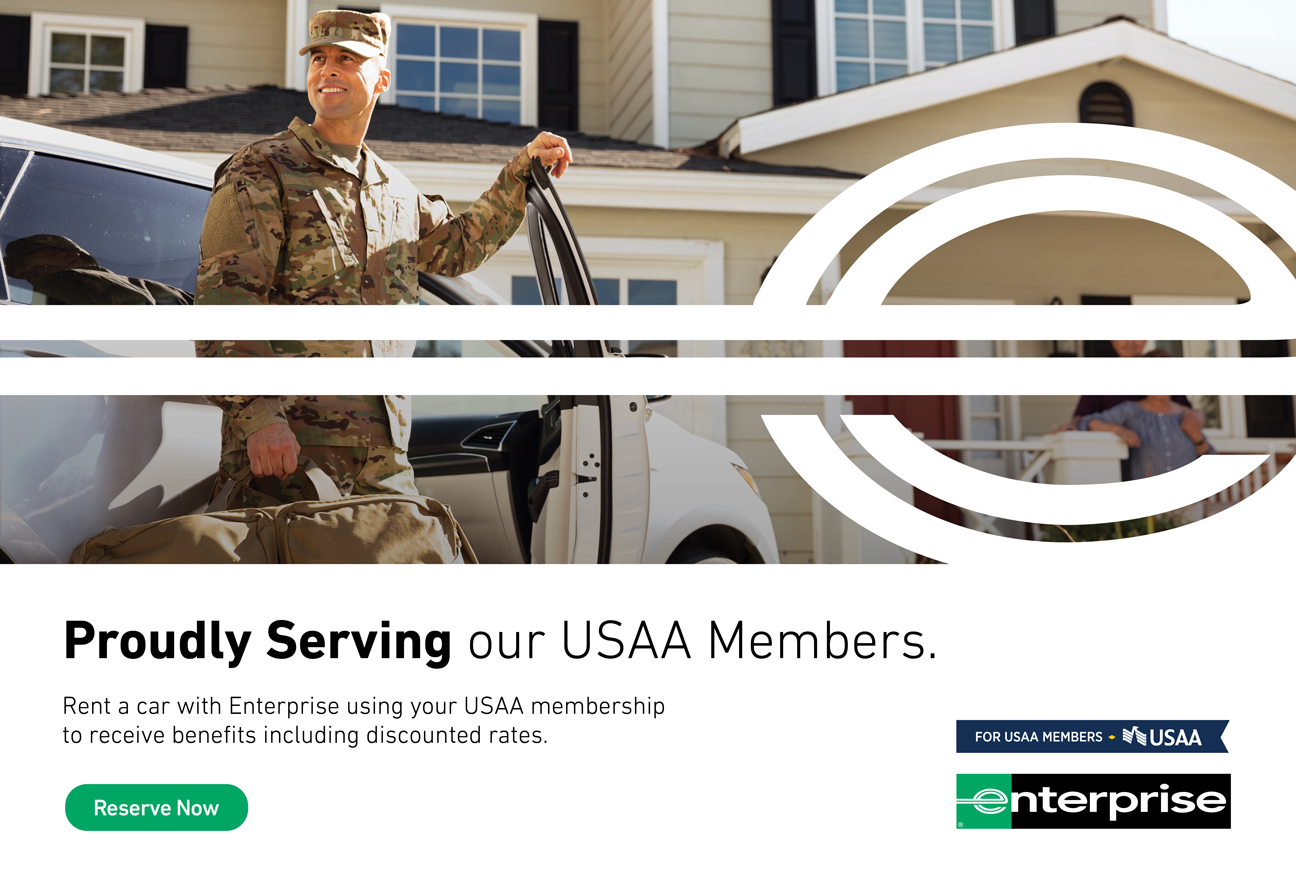The day Wayne Peacock took over as President and CEO of USAA, he made a personal promise to himself. “I made a commitment to serve with integrity every single day,” he says. He followed it up with another pledge, this time for excellence, “because that’s what is required of our brand.”
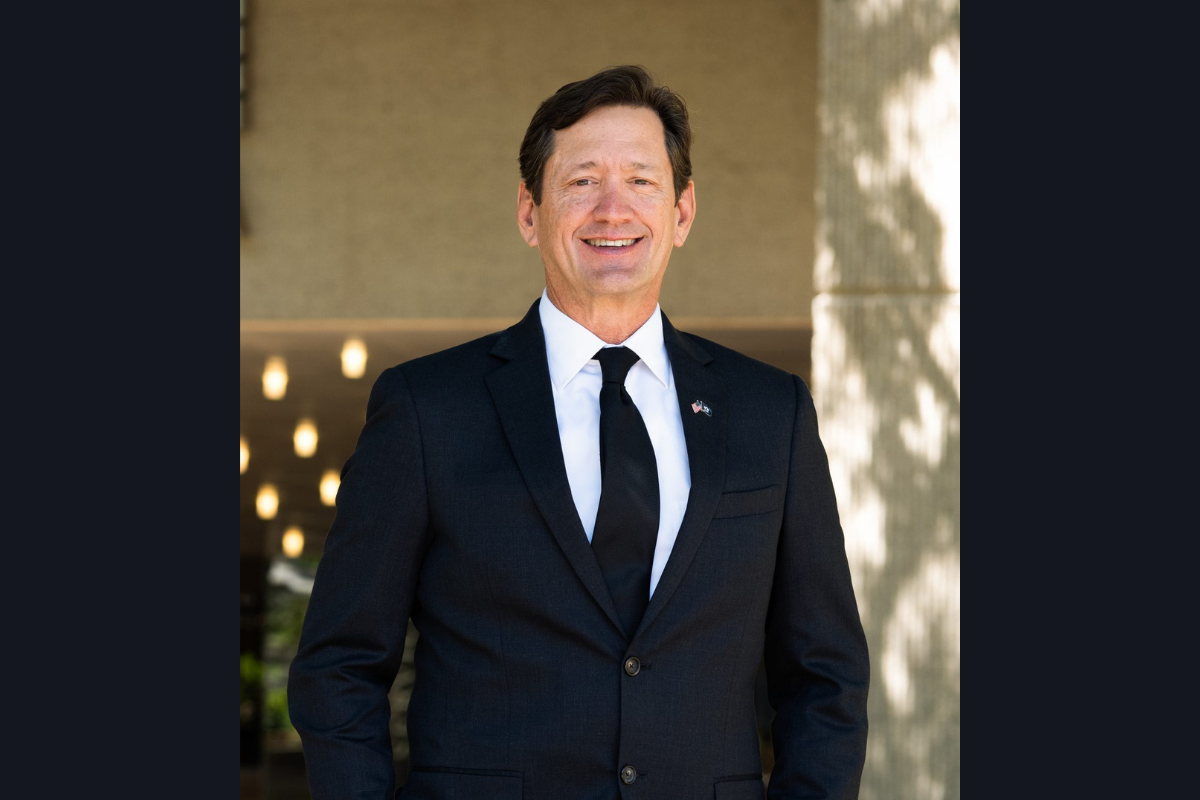
“Those are the values I believe are essential to leading big companies today,” he tells The CEO Magazine.
He also made a series of pledges to his stakeholders: USAA’s members, employees and Board of Directors. “I committed to creating an environment where our employees can do their best as part of the USAA team,” he says. “Also to protect the association, something I see as an important role of CEOs.
“Lastly, I pledged to ensure that we are innovating appropriately and building a bright future.”
After more than 30 years with the San Antonio-based, Fortune-500 listed financial and insurance provider for the military community, Wayne was given two months’ notice in December 2019 of his impending promotion from Property and Casualty Insurance Group President to the top job. “I spent that time thinking about where we needed to take our strategy and how we could continue to innovate for the future of military families,” he explains — especially considering that the centenary of its 1922 establishment was fast approaching.
He says he walked into the office on that first day of February brimming with ideas and plans. “And then COVID-19 became the reality,” he says. Everything he thought he’d be working on was pushed aside, as the focus turned back to basics and following three principles. “One was to take care of employees, the second was to ask these same employees to take care of our members during this period of uncertainty, and the third was to get back to our roots of making really prudent financial decisions and protecting the assets and the liquidity of the company,” he explains.
The company already had a plan in place for pandemics that was built on bird flu and other earlier examples. “It called for us to have something like a 25 per cent absentee rate before we would act,” he said. “It quickly became clear that, in this situation, it wasn’t a good plan.” Within a matter of days, the entire company moved to remote working. “It was an amazing transition that happened very quickly,” he continues.
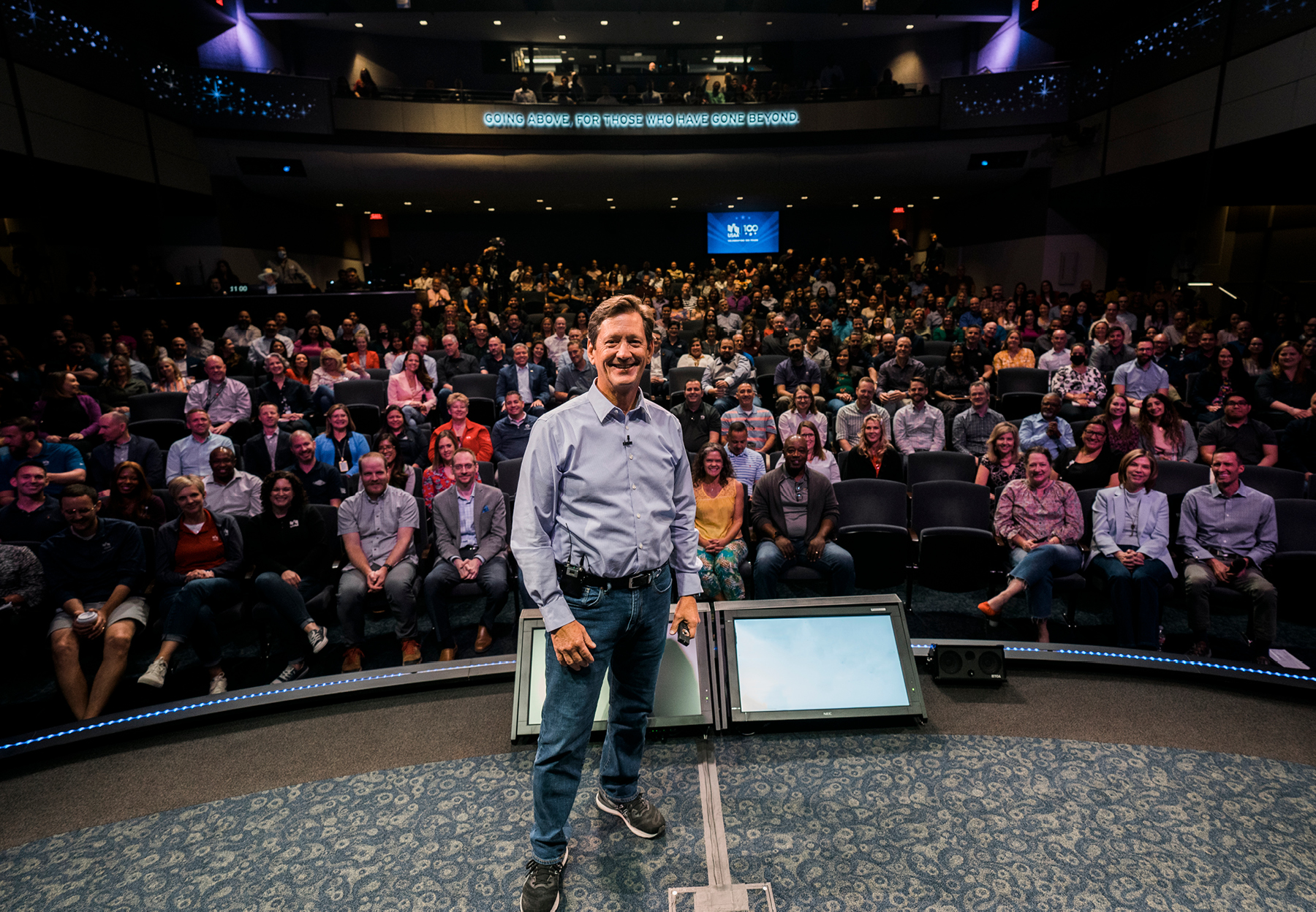
Fortune’s Friend
Last year, USAA achieved its highest ever ranking on the Fortune–500 list, coming in at 87th. “The company stands out for its top scores in customer-satisfaction surveys, a rarity in an industry that isn’t generally beloved by consumers,” wrote Fortune’s editors.
A stable mission
One hundred years ago, USAA was born out of an unmet customer need. “The Army Air Corps was here in San Antonio, the beginning of what would eventually become the Air Force,” Wayne explains. Seen as a high-risk group for auto insurance, however, the military officers were struggling to find insurance companies willing to cover them. “So, they came to the conclusion that maybe they should start their own,” he says.
Rather than the wordy, binding contracts that accompany business creation today, USAA officially came into being in a downtown San Antonio hotel when 25 friends threw their money into a hat. “What’s really striking is that it was about serving an unmet need and doing it better than anyone else,” he says.
Years became decades and the business kept growing. “We went from just army officers to officers from all branches of service, and then to family members and enlisted troops as well,” he says. As it grew, so did its offering — “from one product to a full suite of financial products,” as Wayne puts it.
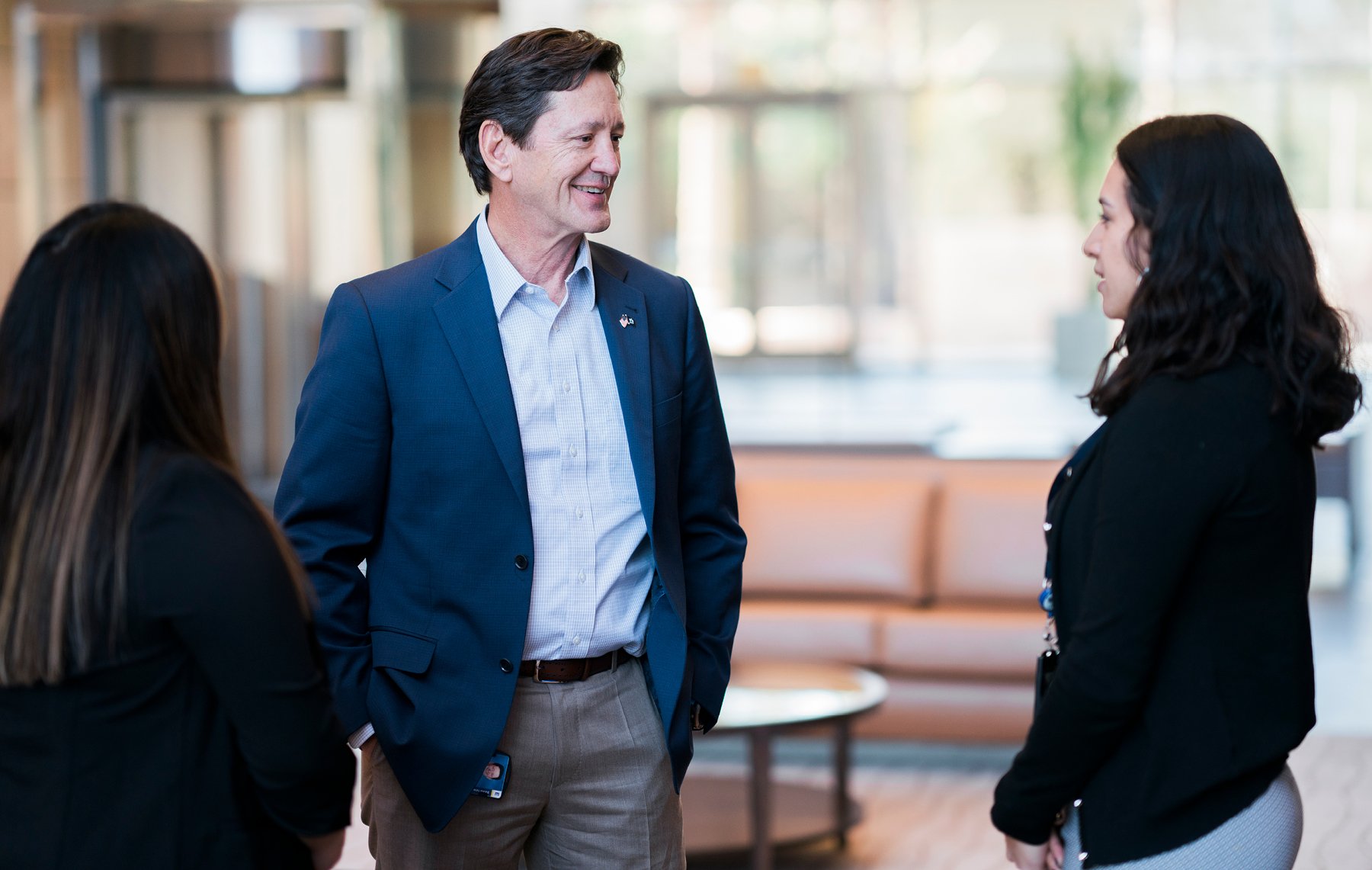
It’s about meeting members where they are and offering a great digital experience.
“Today, our mission comes from these roots and is very clear,” he continues. “We help military families build their financial security.” For over 13 million members, USAA is a constant presence across their lives, for many starting from the day they enlist in the military. “We really focus on doing a great job every day with transactional work,” he explains. “But where we are really at our best is when things are really tough, such as in catastrophes or tricky insurance situations or the death of a loved one.”
More than a job, Wayne says that USAA’s approximately 39,000 employees are united by a collective passion for what they do. “People at USAA come to work every day wanting to make a difference and wanting to be better tomorrow than they were yesterday,” he says. “Not only for the outcome, but for the impact the outcome has in making a difference in the lives of military families.” The idea that their work involves a greater cause is also a prime motivator. “It drives so much discretionary effort because we know those soldiers, sailors, airmen and marines that we are working for really deserve our very best,” he continues.
While this passion may be USAA’s “cultural norm”, as he describes it, it’s certainly not the case for every company and he says this offers USAA an important point of difference in the marketplace.
Building on a proud past
After a challenging first two years in the role, Wayne is now able to focus on the original ideas he brought to the position. “That is, celebrating an incredibly proud past while building on that legacy for a bright future,” he explains. While there’s the organic growth that comes from the increasing numbers of new recruits to the military and military children coming of age, innovation in products and services is key to exceeding their expectations.
“If we go back to our roots of auto insurance, for example, it’s becoming increasingly a product that is on-demand,” he says. “So we are looking at ways to help people use that product in a way that reflects how they drive, as opposed to just fixed terms or coverage.”
He highlights a product called SafePilot, where members can save up to 30 per cent on their premium for being a safe driver, as an example. The company has also recently acquired pay-as-you-go auto insurer Noblr and is introducing usage-based insurance policies that reflect the actual miles you drive. “It’s about meeting members where they are and offering a great digital experience that, at the tap of their phone or connection through our online services, takes care of them,” he says.
Machine learning is also being applied to accelerate and the claims process more accurate, he says. “Today we have the ability to take a picture of the damage to your vehicle and translate that into a bankable estimate for the customer in almost real-time through our artificial intelligence engines,” he explains. Similar techniques and technologies are being applied to homeowner insurance claims. “In some cases, even before members can get back into their homes after a fire or another catastrophic event, we are able to get into the air and take pictures and adjust claims accordingly and have a payment in the hands of our members very quickly,” he says. The service hasn’t changed over the years, he continues, but the speed and accuracy have — thanks to technology.
“While we continue to innovate around our existing product set, we are also looking at unmet needs and how we deliver more to our members as well,” Wayne continues. For the first time in the company’s history, it is now offering small business insurance policies — a reflection of the nearly 10 per cent of US Veterans who either own or are planning to set-up their own business, he says. (Recent studies from firms like MckInsey & Company also say small and medium-size enterprise insurance is “set to thrive in coming years”.)
For a company that keeps costs low, so it can keep its prices low for its members – “Our profit is appropriate to feed back into, and build financial strength for, the association,” Wayne says – technology that “improves our member experience while at the same time reducing the cost of our operations” is the key to USAA’s success. Today, almost every major technology system is under some form of re-platforming or reinvention to enable a better speed to market. “Because when we run our costs very efficiently, it allows us to be even more competitive for military families,” Wayne explains.
Trusted partnerships
Of course, long-standing relationships across the spectrum have provided a crucial platform to allow USAA to grow the support it offers its members. These include technology companies such as IBM, who Wayne says has been a partner for 60 years. “We figured out how to do paperless with them back in the 80s. And again today, they are spending time with us as we continue to move to the cloud.”
But, as Wayne says, cars, unfortunately, crash a lot, so it’s also important to cultivate mutually beneficial relationships in the car repair business. “We have built huge partnerships with some of the largest companies in the market,” he says. “You’ll walk into their auto body shops, and you’ll see the USAA brand there.” More than branding on the wall, however, he explains that there will also be employees who “understand USAA’s value proposition and service ethic”.
“We work in a very strategic manner with them, so that they deliver exactly as we would expect them to deliver, which allows us to extend our promise to deliver USAA quality standards past our four walls,” he adds.
The more you can keep people focused on the North Star for your company — whatever that may be — the better served you will be through uncertain times.
Being a trusted partner of USAA may come with high expectations but the rewards are worth it. “I think we can provide a tremendous amount of volume for our partners, as well as continuity, which is good for their business,” he says.
For Wayne, the arrival of one crisis or challenge after another in the last few years has shown him that business leaders need to adapt to a new normal; one where managing multiple crises simultaneously is the way of life. “You might think that you’ve figured out the latest one, and then a new one arrives,” he says, pointing to the geopolitical risk brought by the Russian invasion of Ukraine as an example.
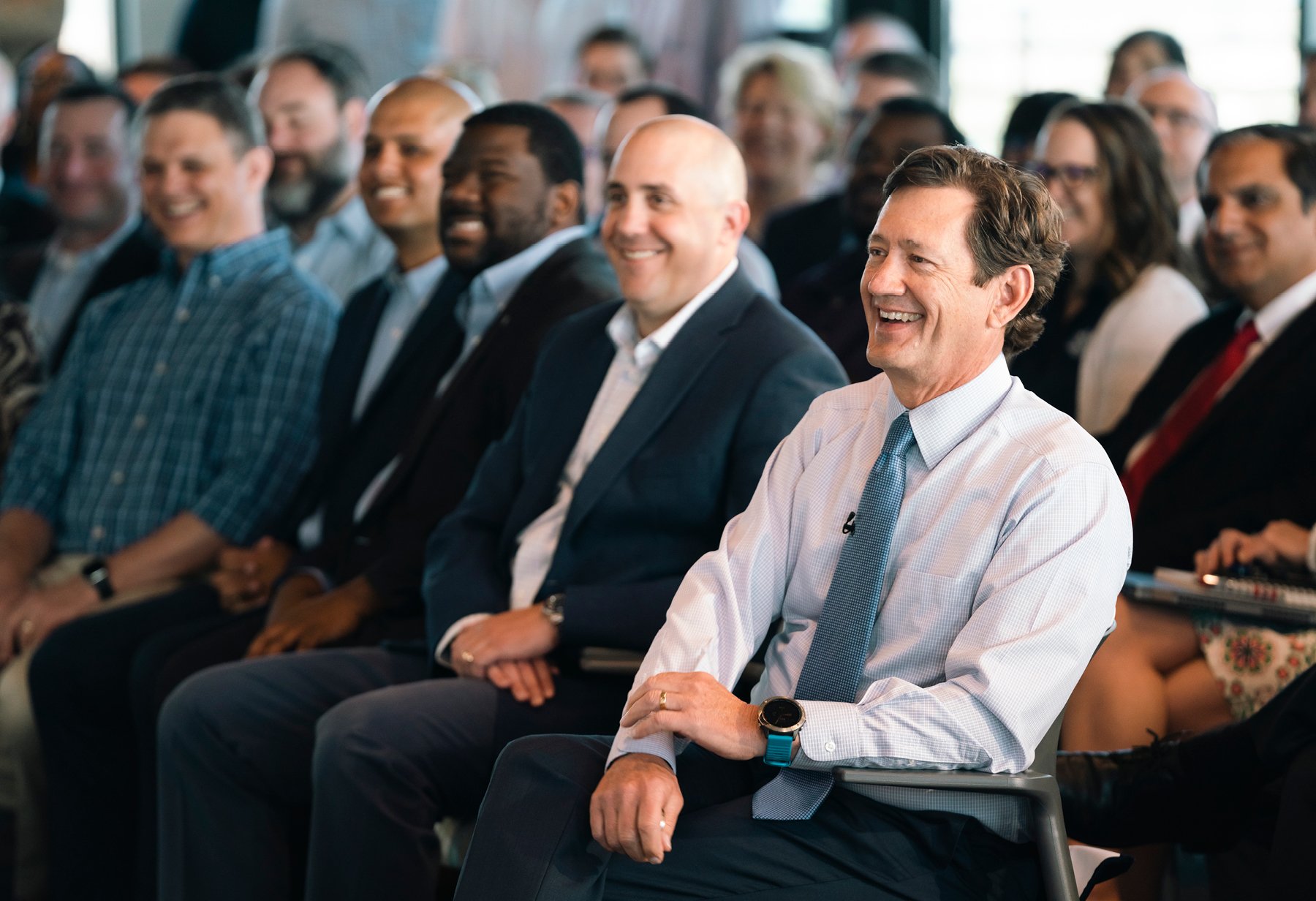
A Smart Toolbox
In a recent interview with Forbes, Wayne shared the main innovations USAA put in place during the COVID-19 crisis:
• Introduction of Telematics Enabled Auto Claims (TEAC): “This technology enables USAA to proactively reach out to a member if their use of our telematics app senses a collision,” he said.
• Pilot of augmented reality enabled glasses with field adjusters: “Wearing them, the adjusters’ manager can see the damage without physically being present. The pilot eliminated 160 hours of travel time for four adjusters over the course of three months, which resulted in more efficient training,” he sad.
• Use of machine learning to digitize paper medical records and replace manual life insurance underwriting summaries. “Machine learning has reduced the time to one day and improved accuracy,” he said.
Yet it has also reinforced just how much mission and purpose matter. “The more you can keep people focused on the North Star for your company — whatever that may be — the better served you will be through uncertain times,” he says.
For USAA, that’s “doing the right thing because it’s the right thing to do” – a vision it has upheld for one hundred years and will continue to do for one hundred-plus more.
Sponsored by: Strategic Staffing Solutions
With offices across the world, Strategic Staffing Solutions has the talent, leadership and global footprint to solve your next big IT challenge.
Read More
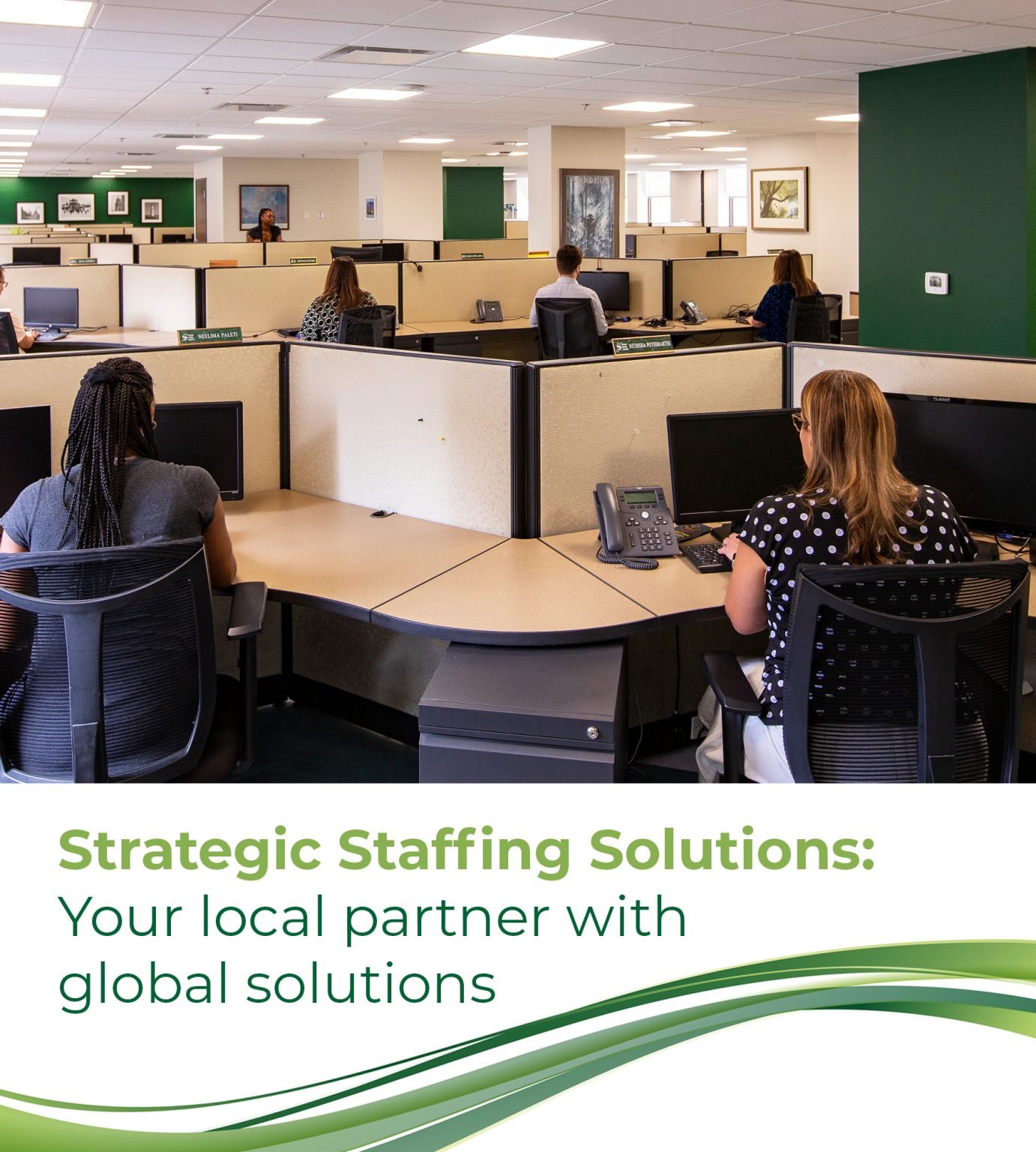
Sponsored by: Caliber
The Caliber family of brands provide world-class service to USAA’s valuable members in the times they need it the most.
Read More
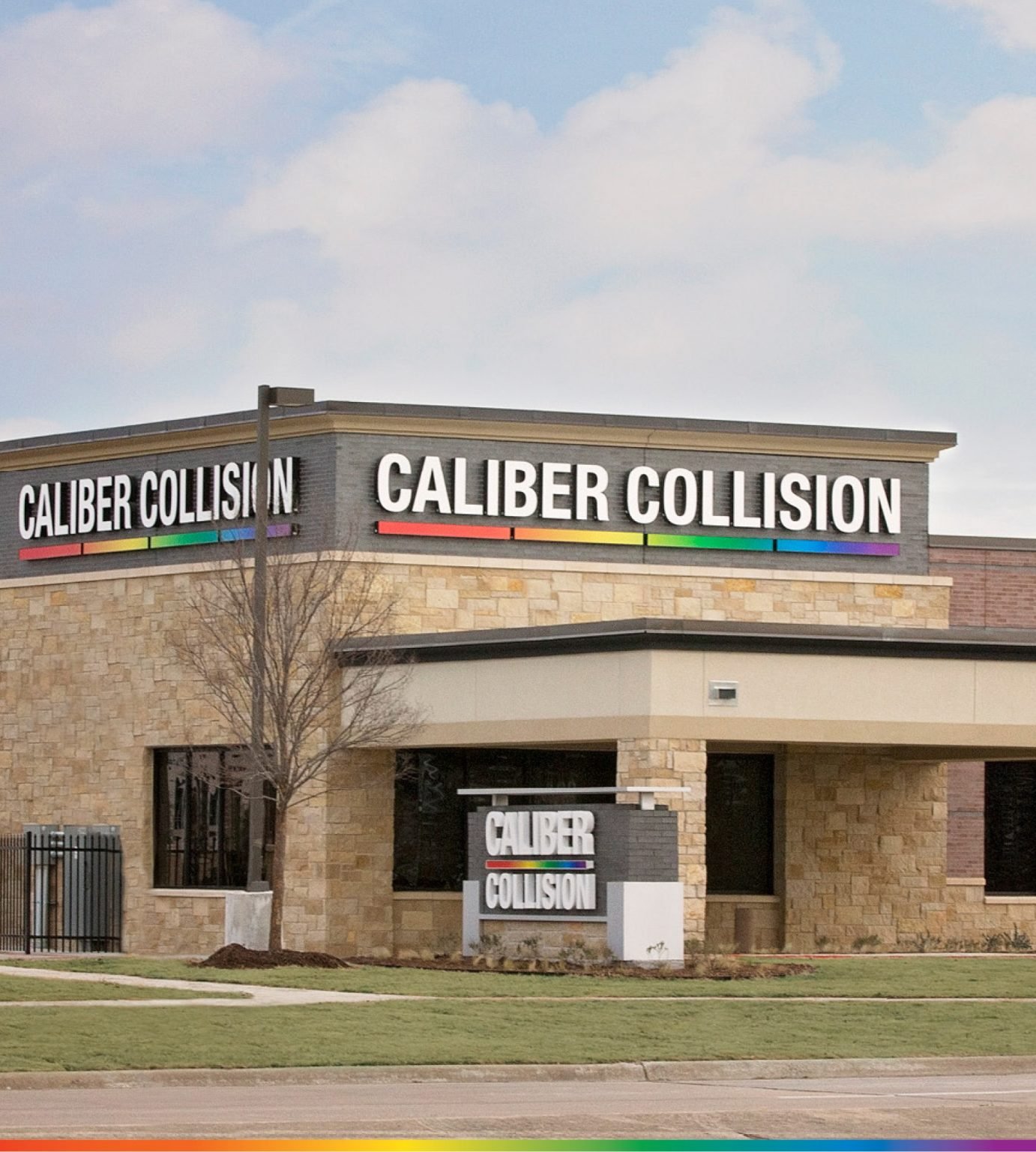
Enterprise Holdings

